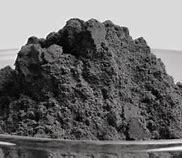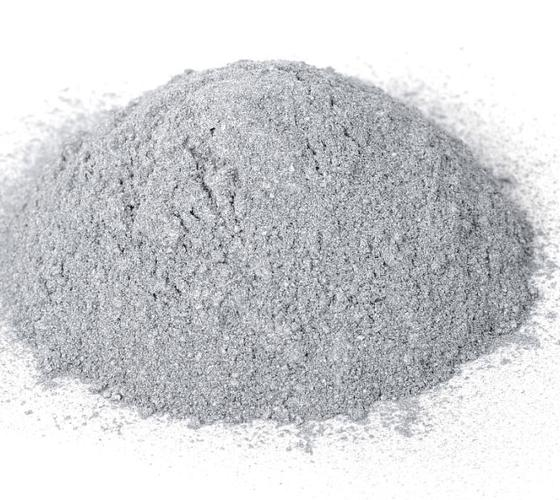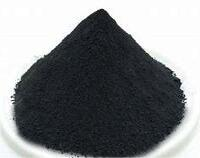1. Introduction
Breaking news from just 24 hours ago: The U.S. Department of Commerce has updated export controls on high-purity titanium metal powder used in aerospace and defense additive manufacturing. This affects international titanium powder shipments and could ripple into titanium powder price per kg globally—especially for grades like Ti64 powder. If you’re sourcing ti powder for 3d printing or industrial use, now’s the time to double-check compliance.

Whether you’re a hobbyist experimenting with titanium flash powder (please don’t—more on that later), an engineer sourcing titanium alloy powder for aerospace parts, or a startup exploring titanium powder uses in medical implants, this guide will help you navigate the wild world of fine metallic dust without blowing up your budget—or your lab.
2. Understanding Titanium Powder Types
Not all titanium powder is created equal. In fact, mixing up gas atomized titanium powder with HDH titanium powder could ruin your print job—or worse, create unsafe conditions.
- Pure titanium powder: Great for biocompatible implants; often spherical for smooth flow in 3D printers.
- Ti6Al4v powder (aka Ti64 powder): The superstar of titanium alloy powder. Used in jet engines, prosthetics, and high-end bike frames.
- TiO2 powder and TiO2 nano powder: These are titanium dioxide—not metallic titanium! Common in sunscreens and paints, not for sintering.
- Titanium nitride powder, titanium carbide powder, titanium diboride powder (TiB2), and titanium boride powder: Hard, ceramic-like compounds used in coatings and cutting tools—not for printing metal parts.
- TiH2 powder: Titanium hydride, often used as a foaming agent or precursor, not directly in additive manufacturing.
And no, burnt titanium powder coat isn’t a skincare product—it’s what happens when someone tries to powder-coat titanium (which doesn’t work well due to oxide layer interference).
3. How to Buy Titanium Powder Without Getting Scammed

The market is flooded with listings for ‘titanium powder for sale’—but many sellers mislabel molybdenum powder, tungsten powder, or even titanium-coated diamond powder as pure ti powder. Always verify!
First, identify your need:
- For 3D printing? You want spherical titanium powder, preferably gas atomized, with tight particle size distribution (15–45 µm).
- For pyrotechnics? Don’t. Titanium dust is flammable and can be pyrophoric in fine form. Leave flash powder to professionals (and even then, tread carefully).
- For research or catalysts? Titanium nanopowder might be your jam—but handle in inert atmosphere.
Next, check your supplier:
- Reputable titanium powder suppliers provide certificates of analysis (CoA), particle size reports, and oxygen/nitrogen content data.
- Avoid random eBay or Alibaba listings claiming ‘cheap titanium powder price’ without specs. Spoiler: it’s probably not real ti powder.
Pro tip: Compare titanium powder price per kg across vendors—but remember, ultra-low prices often mean contamination or wrong material (like moly powder or wolfram powder).

4. Titanium Powder Price Reality Check
Let’s talk numbers. As of this week:
- Pure titanium powder: $150–$300/kg
- Ti6Al4V powder price: $300–$600/kg (yes, 3d printing titanium powder price hurts)
- Titanium powder for 3d printing price varies wildly based on morphology—spherical costs more than irregular HDH powder.
- TiO2 nano powder? As low as $20/kg—but again, that’s not metal!
Meanwhile, molybdenum powder price hovers around $50–$100/kg, and tungsten powder price per kg is $40–$80. Don’t confuse them! Tungsten metal powder is denser, darker, and used in weights or radiation shielding—not biocompatible implants.
And if you see ‘titanium diboride price’ listed under $100/kg? Red flag. Real TiB2 powder costs $200+/kg due to synthesis complexity.
5. Safe Handling & Storage Tips
Titanium metal powder isn’t candy. Fine particles = fire risk. Store in argon-filled containers, away from oxidizers.
- Never use water to extinguish titanium dust fires (it can react violently).
- Ground all equipment to prevent static sparks.
- Wear PPE: N95 masks won’t cut it—use respirators rated for metal fumes.
Also, titanium powder is NOT the same as powdered sugar—even though some confectioners add TiO2 powder as a whitener. Your 3D printer won’t appreciate dessert-grade additives.
6. Common Mistakes (and How to Avoid Them)
- Mistaking TiO2 powder for titanium metal powder: One makes sunscreen, the other makes jet turbines.
- Assuming all ‘titanium powder for 3d printing’ is spherical: HDH powder is cheaper but flows poorly—leading to failed prints.
- Ignoring oxygen content: High O2 levels embrittle printed parts. Demand <1000 ppm for critical applications.
- Confusing titanium with molybdenum disulfide powder (MoS2) or tungsten disulfide powder (WS2): These are dry lubricants, not structural metals!
Fun fact: Global Tungsten & Powders Corporation doesn’t sell titanium—they specialize in tungsten carbide powder and fused tungsten carbide. Different universe.
7. Conclusion
Buying and using titanium powder doesn’t have to be intimidating—if you know what you’re getting. Match the powder type to your application, vet your titanium powder supplier like your project depends on it (because it does), and never underestimate the importance of safety. Whether you’re exploring titanium powder additive manufacturing or just curious about ti powder price trends, stay informed, stay safe, and for the love of alloys—don’t make flash powder in your garage.
Our Website founded on October 17, 2012, is a high-tech enterprise committed to the research and development, production, processing, sales and technical services of ceramic relative materials such as How. Our products includes but not limited to Boron Carbide Ceramic Products, Boron Nitride Ceramic Products, Silicon Carbide Ceramic Products, Silicon Nitride Ceramic Products, Zirconium Dioxide Ceramic Products, etc. If you are interested, please feel free to contact us.
